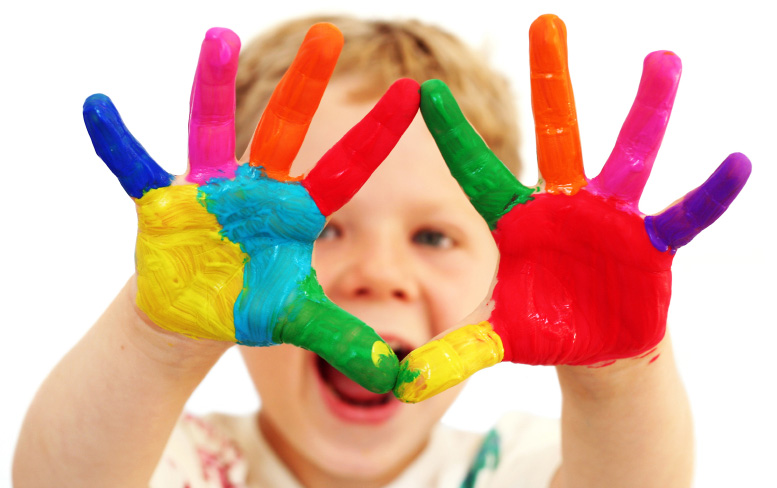I have encountered many creative people in my life, but perhaps one of the most creative people I know is my friend Meredith Smith. She displays all of the 10 antithetical traits presented by Csikszentmihalyi.
1. Creative people have a great deal of physical energy, but they're also often quiet and at rest.
Meredith is a dedicated and hard worker, no matter the goal. From our sorority events at Wake Forest, to her high pressure job now in Washington D.C., she always has energy to get her work done. However, she does an excellent job of balancing the energy used during "job time" with quiet time at home with her family.
2. Creative people tend to be smart yet naive at the same time.Meredith is incredibly intelligent. She is one of those people who just KNOWS things. She also, though, has a childlike nature that helps make her "smarts" not seem so overwhelming.
3.Creative people combine playfulness and discipline, or responsibility and irresponsibility.Having lived and traveled with Meredith, I can tell you that she is the epitome of both playful and disciplined. There is a time to play and a time to work. Meredith knows the difference, and her life ethic reflects this.
4. Creative people alternate between imagination and fantasy, and a rooted sense of reality. Meredith is definitely REAL. She has a strong grasp of what is logical and rational, yet she is not afraid to "dream big" and push beyond what is expected and predicted.
5. Creative people tend to be both extroverted and introverted.YES, DEFINITELY. Meredith has no problem being the life of the party, but she also needs time to recharge on her own. Depending on the day (or even moment) you encounter her, the perception of what kind of person she is might be different than the
last time you saw her.
6. Creative people are humble and proud at the same time.Though she definitely has pride for the work she does, Meredith would never advertise her successes or paint herself in a light to make her seem greater than others. She works hard and deserves to be recognized, but she is content for herself to be the only one who knows what she has done.
7. Creative people, to an extent, escape rigid gender role stereotyping. Meredith is definitely feminine, so do not mistake this statement to say anything otherwise. As Csikszentmihalyi said, "Creative individuals are more likely to have not only the strengths of their own gender but those of the other one, too." This is absolutely true of Meredith--she would never let being a woman interfere with her ability to be strong in any aspect, creative or otherwise.
8. Creative people are both rebellious and conservative.Anyone who knows Meredith would tell you she is not afraid to rock the boat if she feels strongly about a cause. She also, though, respects tradition and the past.
9. Most creative people are very passionate about their work, yet they can be extremely objective about it as well.While Meredith was working on her thesis senior year at Wake Forest, I was able to see her passion AND objectivity towards her work. She labored over her paper for
weeks and then was able to sit and listen to people
object and
question what she wrote. She took these criticisms constructively and improved her work as a result.
10. Creative people's openness and sensitivity often exposes them to suffering and pain, yet also to a great deal of enjoyment. Meredith puts her heart into her work (job, project, and just life in general). This means when things are going well, she is soaring--she has worked hard and it has payed off! On the other hand, because she puts her heart in her work, if things do not go well, it is often a painful experience.
Overall, most of the qualities noted by Csikszentmihalyi involve a sense of balance between two seeming extremes. Meredith has an uncanny ability to maintain such a balance. I am not sure if this is what allows her to be so creative, or if it is her creativity that allows her balance. Either way, she has a creative personality that has even more creative potential, and I love getting to see it in action!


